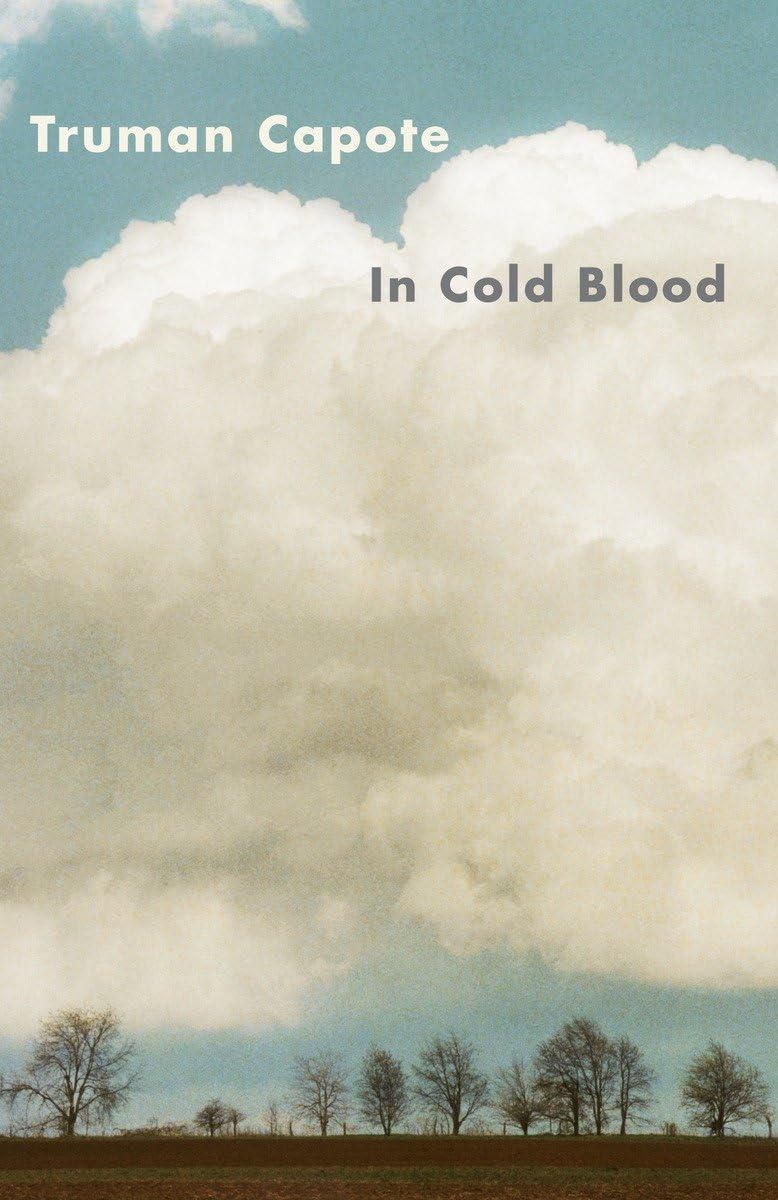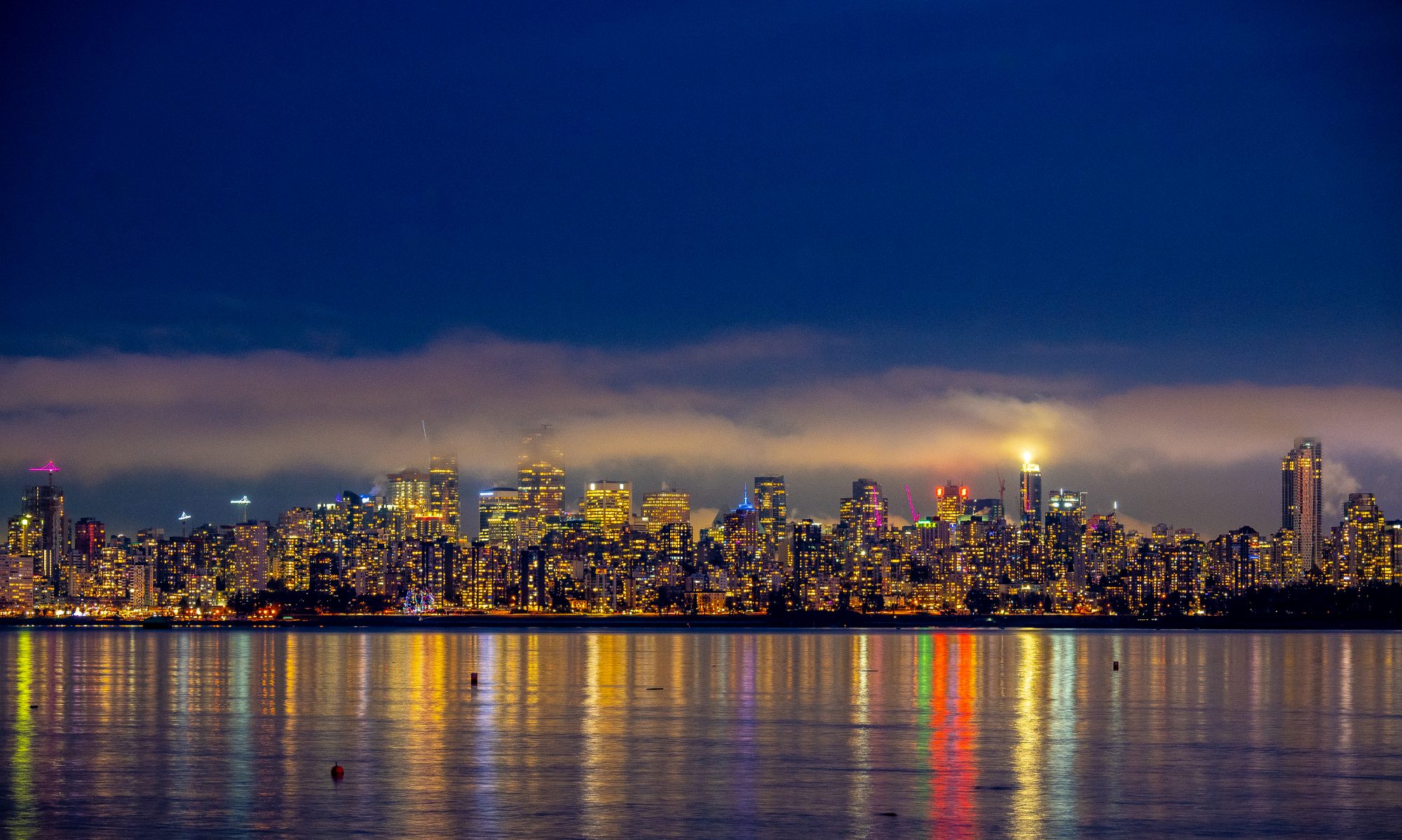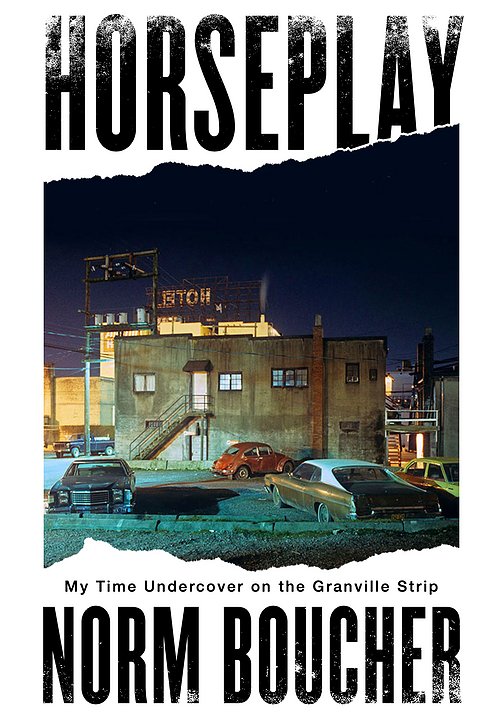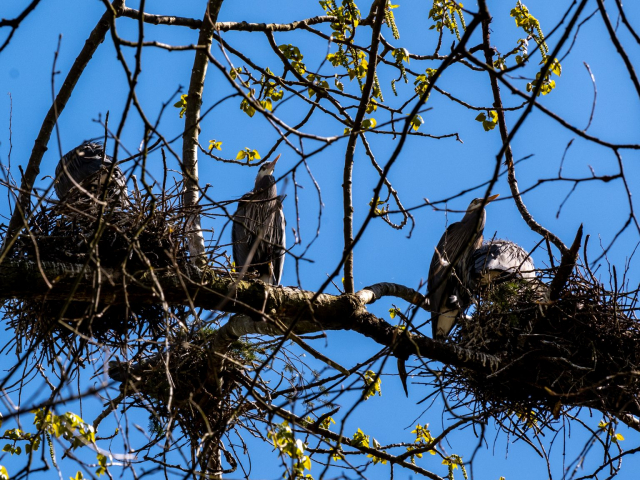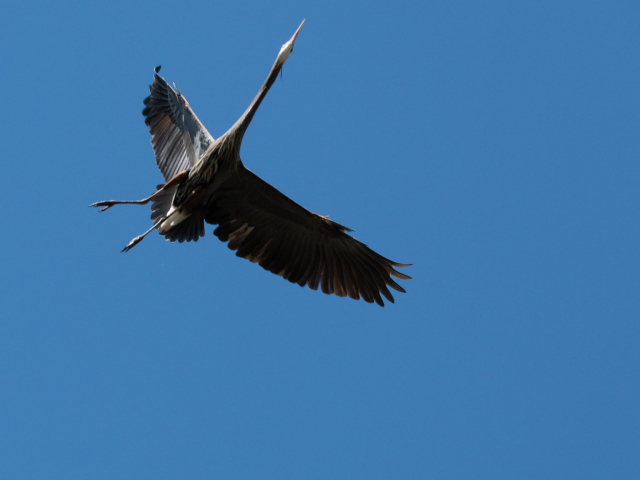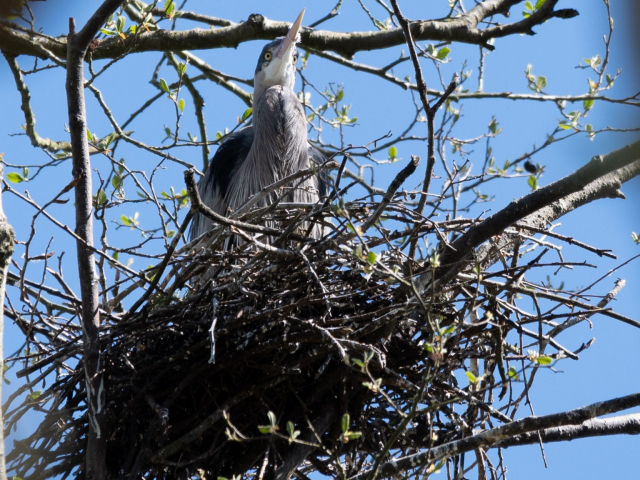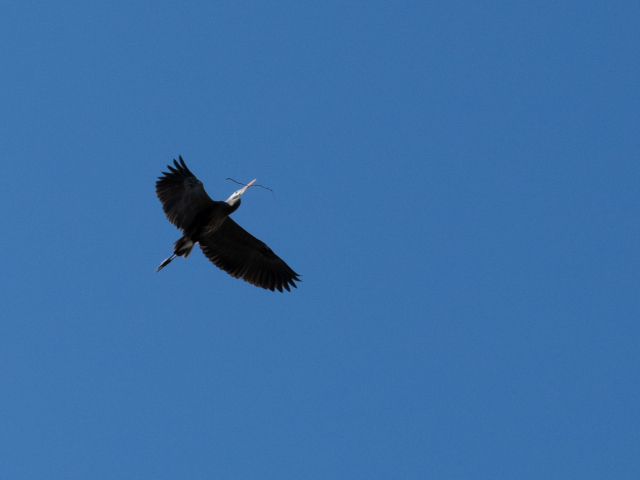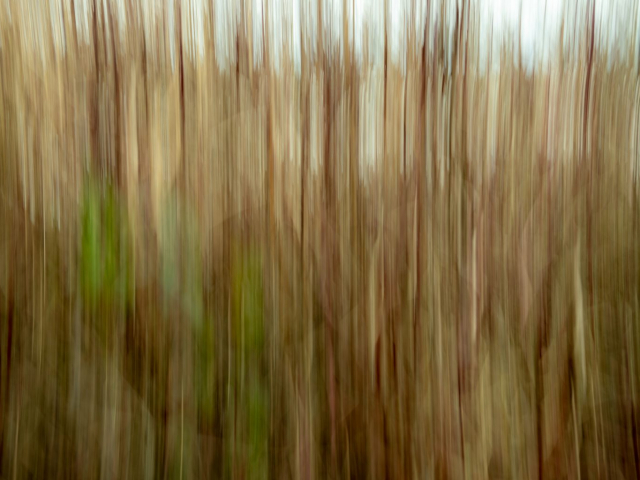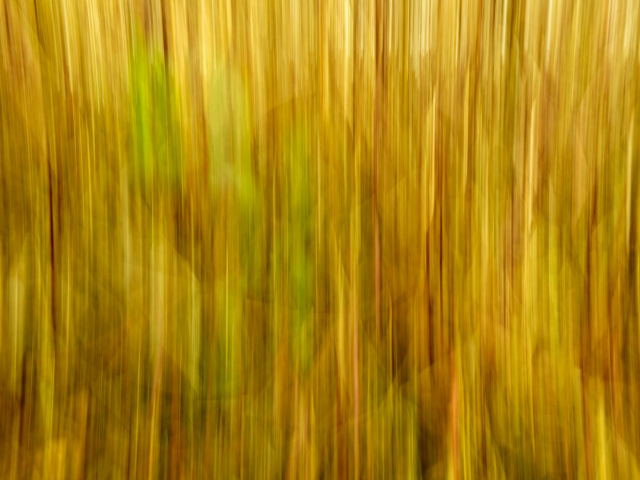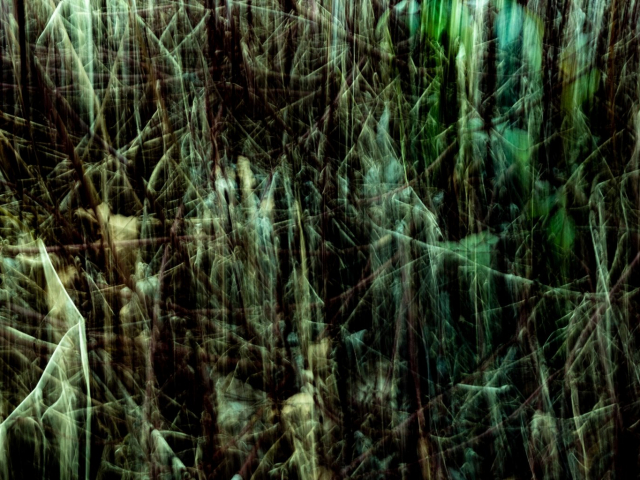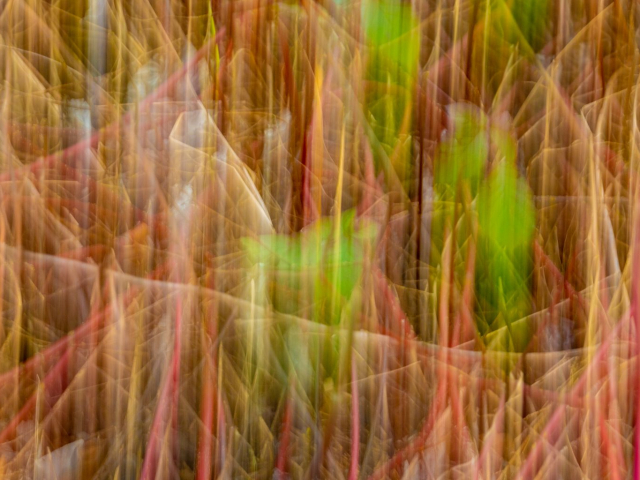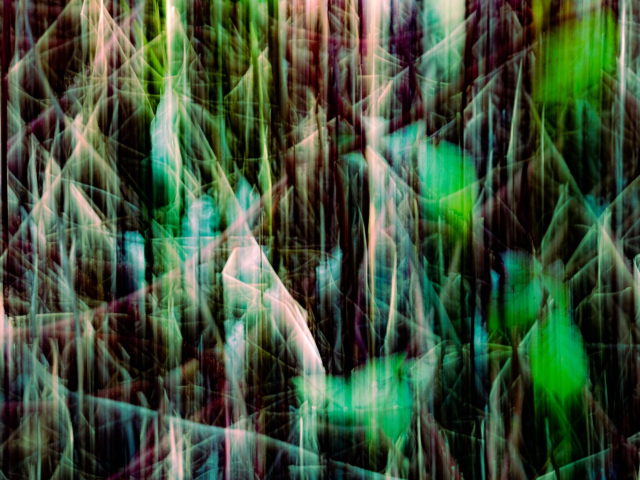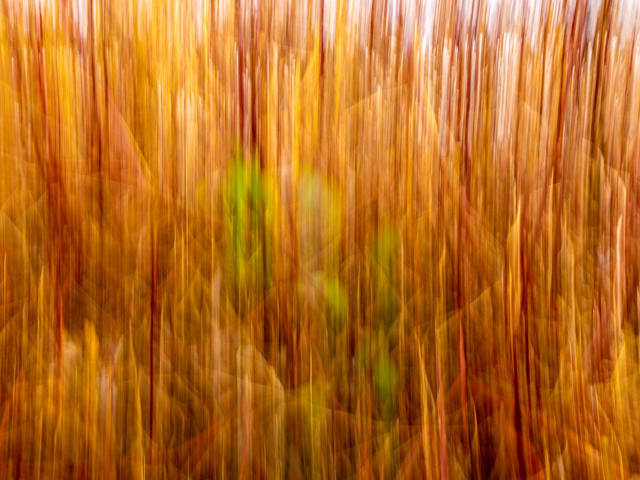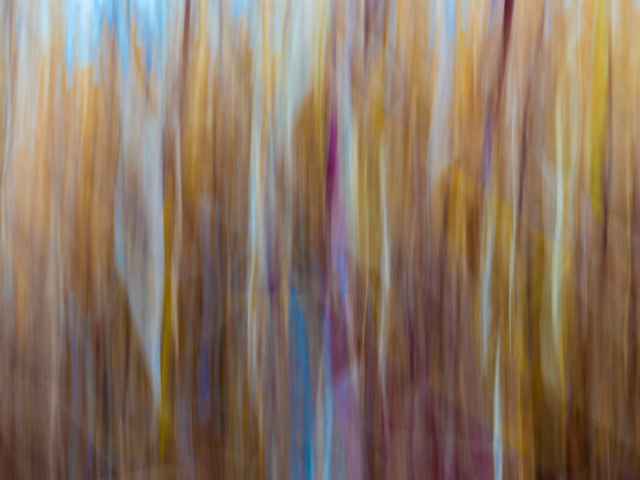I have embarked on a new project. And this will not be finished in short order. I decided some time ago that I needed to read more fiction. But not just any fiction. It needed to be substantive or at least something that had some small impact on the world. I enjoy reading mysteries for relaxation but find more serious modern fiction less appealing. I’ve decided to pick a book to read from every year that I’ve been on this earth. From the year I was born to now. Each book should be one that had some noted impact, something that had more than just bestseller numbers to make it noteworthy.
I went to the 1962 best books list to pick something to start. That was quite a year for publishing. One Flew Over the Coo Koo’s Nest, Who’s Afraid of Virginia Wolf?, The Man in the High Castle, Another Country, A Clockwork Orange, to name only a few. I settled on Doris Lessing’s The Golden Notebook. I chose it for its themes: societal and individual fragmentation, communism, sexual liberation, and the women’s movement.
I also decided not to limit my reading to just fiction. This will be a mixed list with lots of fiction. Here are some of the books I’ve read recently and the year they were published. More fiction is coming, but it might take a while.
1962
Doris Lessing, The Golden Notebook

1963
Hannah Arndt, Eichmann in Jerusalem: A Report on the Banality of Evil
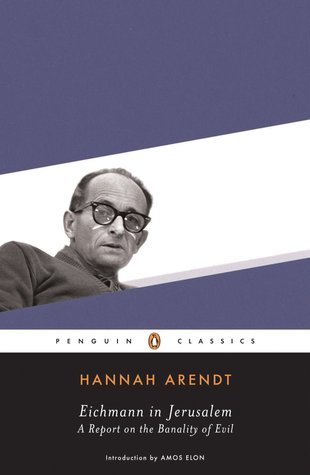
James Baldwin, The Fire Next Time
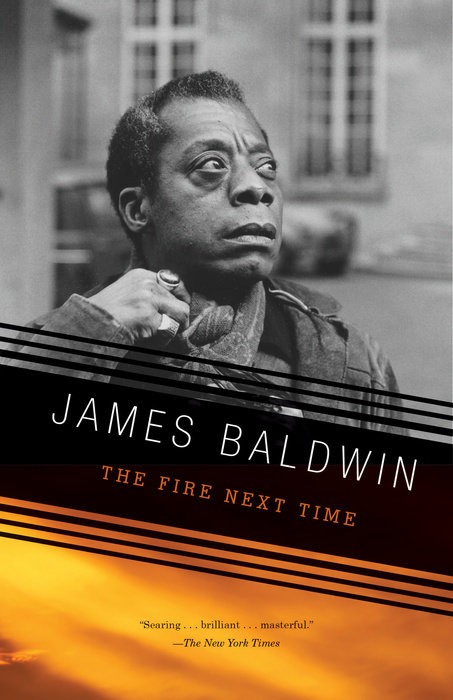
1964
Martin Luther King Jr., Why We Can’t Wait

1965
Truman Capote, In Cold Blood
